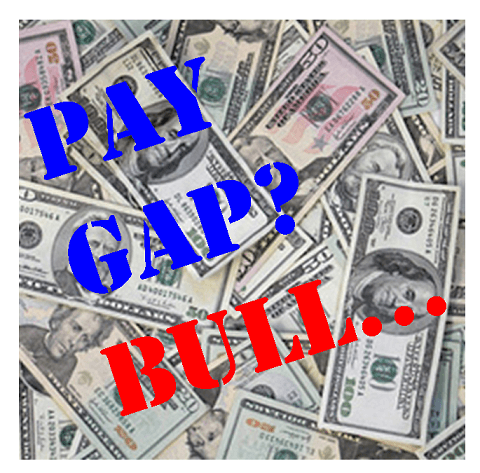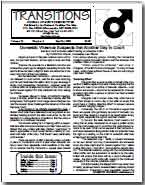 Not so fast, wage disparity is not what it seems
Not so fast, wage disparity is not what it seems
LETTERS TO THE EDITOR COLUMN
I take exception to Patricia Sturdevant’s op ed on the gender pay gap (“Equal Pay Day: end wage disparity between men and women” April 6). The pay gap is only a snapshot of average yearly full-time incomes. It does not account for overtime, type of work, or many other life choices. In fact, it only exists because women have more options than men, as supported by a recent Department of Labor study, “An Analysis of Reasons for the Disparity in Wages Between Men and Women,” available online at www.consad.com. In “Why Men Earn More,” Warren Farrell explains how men in surveys prioritize money while women prioritize flexibility, shorter hours, shorter commutes, less physical risk, and other factors conducive to being primary parents. More than half of female graduates of Stanford and Harvard left the workforce within 15 years of entering it, a choice men generally don’t have. Try being a single man and telling women on dates that you want to stay home. Men are still either primary breadwinners or on the streets, which is partly why they make 85-95 percent of homeless adults, prisoners, and job deaths. It is also why never-married childless women out earn their male counterparts, as do women ages 21-30 working full time. Women also account for most consumer spending. It is misleading to talk about the pay gap without including a more holistic discussion about these other factors.
MARC E. ANGELUCCI, ESQ.
VICE PRESIDENT
NATIONAL COALITION FOR MEN
NOTE: the Daily Journal is California’s largest legal newspaper provider.
Looks at the inaccurately presented views of the gender pay gap made in the media and by government. Analyses pay gaps that should exist but don’t in certain jobs like the police, the military and the fire service. Features Angry Harry, Erin Pizzey, Stephen Fitzgerald and Oliver Curry (London School of Economics and Demos). • Choices of work made by men and women • Motherhood and pay • Emergency services and the military • The pay gap and womens vote • Should a man who can carry 2 bricks be paid more than a woman who can only carry 1 brick? • Which sex is more motivated to earn more? • Can a man choose not to work? Can a woman? • Women living in a climate of fear • The suppression of men’s views • Discrimination in Pension rights for men and women. www.encyclopedia.com
This is a talk given my Dr. Warren Farrel at the Cato (www.cato.org) institute on Tuesday, February 1, 2005 entitled: Why Men Earn More The Startling Truth Behind the Pay Gapand What Women Can Do About It A presentation from his book of the same name http://www.amazon.com/Why-Men-Earn-More-Startling/dp/0814472109/ref=sr_1_1?ie=UTF8&s=books&qid=1226349227&sr=1-1 Cato offers the real video stream of the lecture captured here: http://www.cato.org/event.php?eventid=1834 I have reproduced this material without permission under fair use. Why Men Earn More argues that although discrimination sometimes plays a part, both men and women unconsciously make trade-offs that affect how much they earn. Farrell clearly defines the 25 different workplace choices that affect incomes–including putting in more hours at work, taking riskier jobs or more hazardous assignments, being willing to change location, and training for technical jobs that involve less people contact–and provides readers with specific, research-supported ways for women to earn higher pay. From www.encyclopedia.com
more good info:
**[Consad Research & Dept of Labor:
An Analysis of Reasons for the Disparity in Wages Between Men and Women
“Economists who have studied the pay gap have observed that numerous factors other than discrimination contribute to the wage gap, such as hours worked, experience, and education. For example, Professor June O’Neil has written extensively about how time out of the workforce, or years spent working part-time, can reduce future pay. Likewise, economist Diana Furchtgott-Roth, in her book Women’s Figures, has written about the decisions that women are more likely to make to choose flexibility, a friendly workplace environment, and other nonmonetary factors as compared to men.”
http://www.consad.com/content/reports/Gender%20Wage%20Gap%20Final%20Report.pdf
Warren Farrell is the author of “Why Men Earn More: The Startling Truth Behind the Pay Gap – and What Women Can Do About It” and several other books. His Web site is www.warrenfarrell.com
…”Then, one day, I asked myself, “If we can pay women less for the same work, why would anyone hire a man?” And if they did, wasn’t there a punishment called “going out of business”? In other words, did market forces contain a built-in punishment against discrimination?”]**
Thanks



